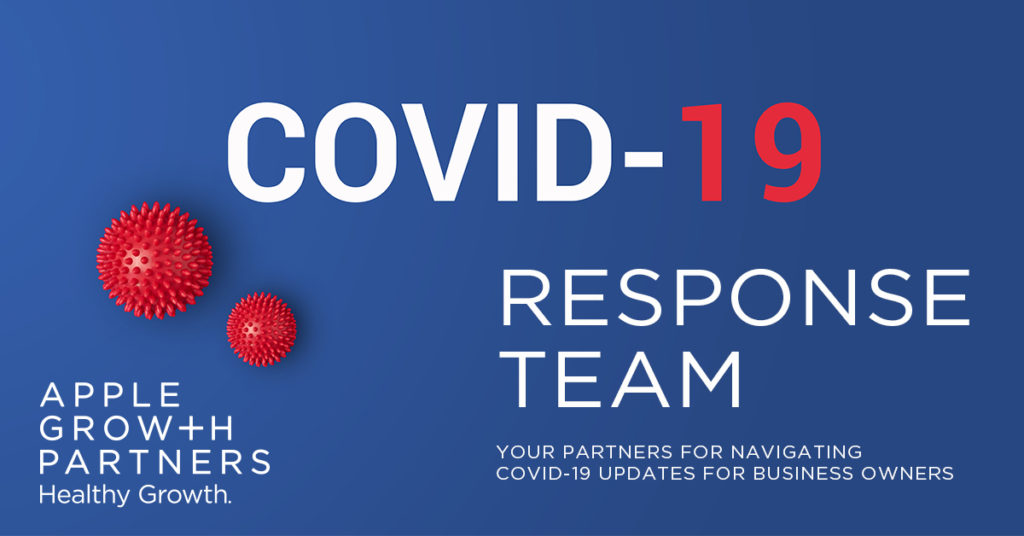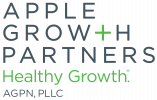
June 25, 2020
There are still a number of questions both under the original provisions and under the Flexibility Act but these insights will assist your planning.
If you already have your PPP funds, we’ve identified insights for you. If you don’t have the funding yet, you must apply immediately to assure an SBA number by June 30th. There are still funds available.
- Do I Have to Spend the Paycheck Protection Program (PPP) Loan Proceeds?
Yes, it appears so. The instructions for line 9 of Schedule A for the U.S. Small Business Administration’s (SBA) Form 3508 PPP forgiveness application state:
Line 9: Enter any amounts paid to owners (owner-employees, a self-employed individual, or general partners). This amount is capped at $15,385 (the eight-week equivalent of $100,000 per year)or $ $46,154** ( the 24-week equivalent of $100,000) for each individual or the eight-week/24-week equivalent of their applicable compensation in 2019, whichever is lower.
Note the word “paid.”
Example. Self-employed shows 2019 Schedule C net profits of $100,000 and obtains a PPP loan of $20,833. By the SBA interim final rule, his payroll forgiveness amount is $15,385 based solely on his 2019 Schedule C.
Self-employed maintains both business and personal bank accounts. Sam deposits the $20,833 into his business account. During self-employed’s eight-week/24-week covered period, $15,385 /$46,154 out of the business account and puts it in the personal account. This satisfies the “paid” requirement on line 9 of the loan forgiveness application.
- When Does My Eight Weeks /24 Weeks Begin?
According to the latest interim guidance and consistent with SBA Form 3508, with no employees, your loan commences on the date the lender disburses the funds to you.
- Can I Claim Forgiveness for the Business Interest and Utilities Percentage I Pay for My Home Office?
Yes. When you claim the home-office deduction on your 2019 Schedule C, it reduces the net profits from your business. In other words, the home-office deduction is a business deduction.
Under the current loan forgiveness rules, your non-payroll PPP loan forgiveness amount (limited to a maximum of 40 percent of total forgiveness) may include the following during your eight-week/24-week covered period:
- Interest payments on any business mortgage obligation on real or personal property where such obligation was in place before February 15, 2020 (but not any prepayment or payment of principal);
- Payments on business rent obligations on real or personal property under lease agreements in force before February 15, 2020; and
- Business utility payments for the distribution of electricity, gas, water, transportation, telephone, or internet access for which service began before February 15, 2020.
To put this in perspective, you need both the home (rented or owned) and the home office in place before February 15, 2020.
- What Is a Transportation Utility?
We have not seen from the SBA or the Department of the Treasury an official definition of a “transportation utility” with respect to the PPP loan process.
The Federal Highway Administration’s Center for Innovative Finance Support says:
Transportation utility fees are a financing mechanism that treats the transportation system like a utility in which residents and businesses pay fees based on their use of the transportation system rather than taxes based on the value of property they occupy.
AGP believes SBA and the Department of the Treasury may use this definition.
- How Does the 60 Percent Work?
When you file Schedule C and have no employees, your minimum loan forgiveness amount under the 60 percent rule is straightforward. Take your Payroll amount and divide by 0.60.
Example 4. Under an eight-week covered period, your PPP loan is $20,833. Your deemed Schedule C payroll to yourself is $15,385.
- Your maximum loan forgiveness amount is $15,385 divided by .60 is $25,642 but is limited to the amount of the loan – $20,833.
- Your minimum loan forgiveness amount is the 2019 Schedule C payroll component of $15,385, assuming you meet the paid rule as explained above.
A recently released IFR amends the SBA’s prior IFR to incorporate the Flexibility Act’s statutory change from 75 percent of PPP proceeds being required to be used for payroll costs to 60 percent. With the enactment of the Flexibility Act, it was unclear whether the reduction to 60 percent would apply only in the forgiveness context or also to the use of the balance of the loan proceeds. The revised IFR makes clear that 60 percent of both the forgiveness amount and the balance of the loan proceeds must be used for payroll costs.
- What If I Have Employees?
With employees, the calculation of how you qualify for your personal portion of loan forgiveness is unchanged.
But you have to make a number of calculations to figure the forgiveness you receive because of your employees.
- Applying for Forgiveness
A PPP borrower must apply for forgiveness within 10 months of the end of the covered period to avoid amortization payments on the loan. Importantly, the IFR provides that a borrower may apply for forgiveness at any time on or before the maturity date of the loan, including before the end of the covered period, if the borrower has used all of the loan proceeds for which the borrower is requesting forgiveness. However, if the borrower applies for forgiveness early and has reduced any employee’s salaries or wages in excess of 25 percent, the borrower must account for the excess salary reduction for the full eight-week or 24-week covered period. Additionally, the 10-month window will allow borrowers that have the option of electing between an eight-week and 24-week covered period the time needed to determine which period will maximize their loan forgiveness calculation.
** No guidance has been issued to date, specifically stating that the 24-week limit is increased to $46,154.
Apple Growth Partners’ published material provides general coverage of its subject area and is presented to the reader for educational purposes based on the most current regulatory information available at the time it was written. All communications, whether written or oral should be reaffirmed prior to the submission of any application. All information in this published material and on our website is provided in good faith; however, we make no representation or warranty of any kind, express or implied, regarding the accuracy, adequacy, validity, reliability, availability, compliance with any law (federal, state or local) or professional standard or completeness of any information. We assume no responsibility to any recipient of this material to correct or update its contents for any reason, including changes in any law or professional standard. It is not intended to be audit, tax, accounting, advisory, consulting or investment advice. The information in this article is also not a substitute for legal advice and may not be suitable in a particular situation. Consult your attorney for legal advice.
Our articles, other published materials and website occasionally contain links to other web pages. Links to organizations and government agencies are provided as a convenience to our readers. The firm does not endorse and is not responsible for any third-party content that may be accessed from its website and does not recommend or endorse the use of any third-party’s services. The links are to be accessed at the user’s own risk, and the authors of this website make no representations or warranties about the content of these links.

